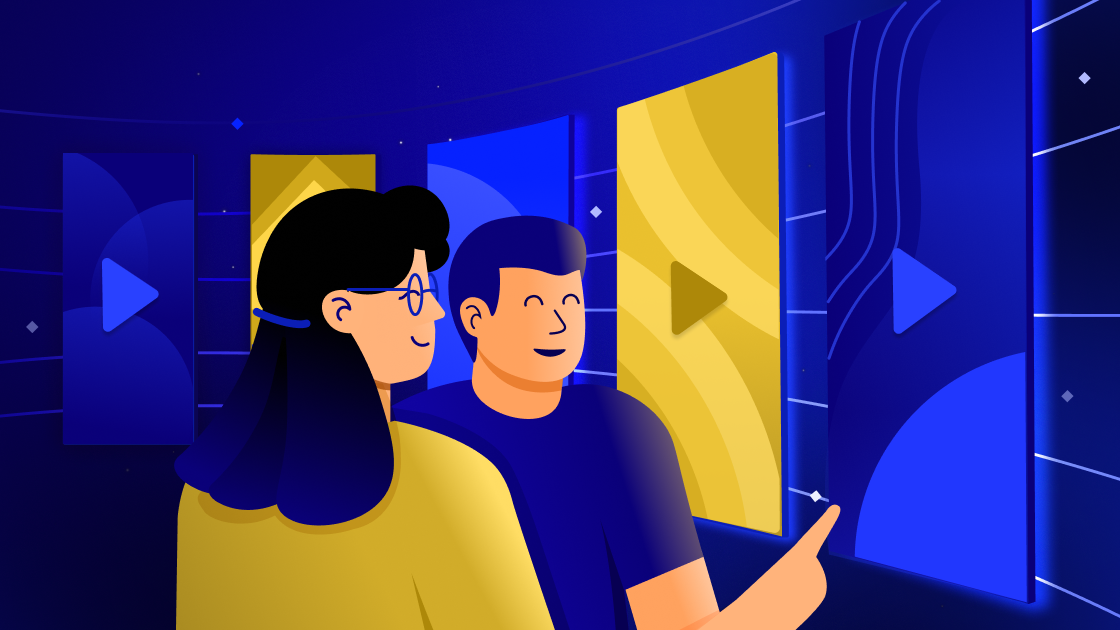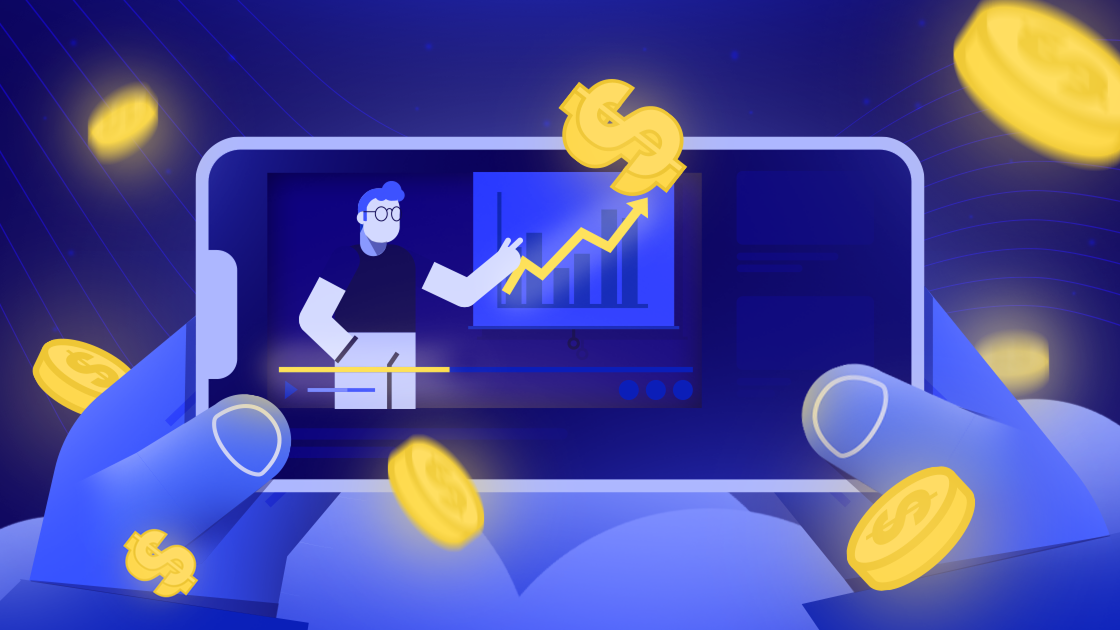In today's competitive environment, consumers want their brands to do more than traditional spaces. This is why companies, museums, and institutions are turning to experiential design - a multidimensional approach to space creation that connects emotionally, visually, and interactively with people.
Whether you’re designing a corporate headquarters, museum exhibit, retail showroom, or immersive event, experiential design turns boring, passive environments into living experiences.
But, What Exactly is Experiential Design?
Experiential design is a beautiful blend of space, story, and sensory engagement to create immersive environments. It combines physical design (architecture, interiors, graphic elements) with digital technologies (AR, projection mapping, interactive media) and human-centered storytelling to influence behavior and perception.
Unlike static design, it’s dynamic. It demands movement, emotion, and memory. Example: The Museum of Ice Cream in New York features giant sprinkle pools. That, mixed with interactive installations which turns a simple museum into a more playful, jovial experience.
What is The Impact of Experiential Design In The Real World?
Emotional Connection
People remember how a place made them feel.
Environments that tug at the heart strings increase engagement, loyalty, and word-of-mouth impact. For example, Nike House of Innovation in NYC blends product displays with LED ceilings, motion-activated installations, and interactive customization zones, making shopping feel like you are part of a story.
Brand Differentiation
Your space should tell your brand story in ways that can’t be ignored. Google has always focused on reinforcing its identity as fun, creative, and employee-first. The bigger picture here is that Google has become a pioneer, in the public's eyes, within many facets that go beyond technology.
Deeper Learning and Engagement
Educational environments use experiential design to make content more meaningful. One great example of this is the 9/11 Memorial & Museum experiential design architecture in New York City.
Key Components of Experiential Design
Narrative-Driven Strategy
Every entity, every space has a story - or at least needs one. This allows the customer/visitor to feel an emotional pull to what you are selling. The brand is more than a product or a service - it is an experience. So many brands talk at length about how they discovered a gap in the market, or someone’s cry for help turned into a business plan. That is a story that emotionally pulls you into the brand’s world.
Visual Identity in Space
If you want to communicate your brand's value visually, then your best bet us murals, custom typography, and graphic elements. One great example of this experiential design is the Coca-Cola’s World of Coke Museum in Atlanta uses experiential graphic design - walls made of recycled bottles, historical ads, and global flavors - to tell its 130-year story.
Multisensory Touchpoints
Want to shape your customers' perception? Want an exceptional brand recall? Then make sure your space's sound, light, temperature, and smell utilize tactile materials that are strategized to remain etched in your visitors' memory. When blended together, they transform static spaces into immersive environments where people don’t just observe - they feel, engage, and remember deeply.
Interactive Technology
Interactive technology like sensors, RFID, QR codes, touchscreens, and VR enables real-time engagement that allows visitors to personalize experiences, trigger content, and actively participate, blurring the line between observer and creator.
Fabrication and Execution
Behind the scenes, fabrication, logistics, and installation bring designs to life. Spotify’s “Year in Review” microsites transform personal listening data into vibrant, animated stories users can interact with, share, and explore - turning analytics into an emotional, visual journey.
How can You Become the Savant of Experiential Design?

Start with Clear Goals
Know what behavior, emotion, or message you want to achieve. Do you want to increase dwell time, educate your visitor, or drive social media sharing?
Choose a Full-Service Partner
Work with experiential design firms in USA that offer integrated strategy, design, fabrication, and installation. This prevents miscommunication and delays.
Pentagram has crafted iconic visual identities and websites for clients like Mastercard, MIT Media Lab, and Slack, handling everything from brand strategy and typography to interactive web experiences and visual storytelling.
Design for Flow Not For Glamour
Think of the way people experience things. A good experiential design will guide them intuitively with the use of light, graphics, sound, and layout. The New York Times’s “The Russia Tapes” interactive feature guides readers through audio clips, visuals, and scrolling animations - using layout, sound, and motion to intuitively lead users through a complex investigative story.
Build for Interaction & Collaboration
The best experiential designs invite active participation, encouraging visitors to touch, move, respond, or play. This hands-on engagement deepens emotional connection, boosts memorability, and transforms audiences from passive observers into empowered participants.
Prototype Before You Build
Prototype before launching by using wireframes, mood boards, and clickable mockups. In graphic design, testing layouts, fonts, and UI flows early helps catch usability issues, saving time and ensuring visual and functional clarity.
Plan for Measurement
Plan for measurement by tracking user interaction, time on site, click paths, and feedback. These insights help evaluate success, refine weak points, and optimize future experiences for stronger engagement and ROI.
Some Experiential Event Design Examples to Think Back to
Adobe MAX Conference

Adobe’s annual event uses immersive booths where attendees can try AI tools in real time. Giant interactive screens, product demos, and live art make the event unforgettable.
Instagram's Coachella House

An influencer-only retreat full of neon rooms, themed photo booths, and brand collaborations. Every room is Instagrammable, fueling massive organic social media reach.
Heineken's Green Room Tour

Pop-up concerts in secret locations with sensory-focused lighting, smell, and sound-design to align beer with underground music culture.
Trends in Experiential Design
AR/VR Integration
Events now use AR apps to let attendees unlock stories or hidden features.
Sustainability
Designers use recycled materials, modular builds, and green fabrication methods
Data Personalization
Installations react to your profile, preferences, or behavior.
Hybrid Events
Physical experiences extended with online follow-ups or digital collectibles.
So, How Do You Nail Experiential Design?
.png)
Strategy
Define the emotional outcomes, key messages, and KPIs you are hoping for
Teams
Choose a cross-disciplinary firm with design + build capabilities
Design
Include sensory, interactive, and narrative layers
Execution
Prototype, test, and oversee fabrication in-house
Measurement
Track impact, social shares, feedback, and revisit strategy
The Demand For Experiential Design In 2025 Has Risen Significantly
Experiential design is no longer optional—it's how the most innovative brands, museums, and event planners cut through the noise. By integrating storytelling, technology, sensory immersion, and precise execution, you can create unforgettable environments that engage, educate, and convert.
From immersive exhibits and pop-up brand activations to interactive workspaces and hybrid events, nailing experiential design takes vision, partnership, and intention. If you want to get started with experiential design, then get in touch with the Frontmatter team. We are constantly looking to create new stories and embark on unique journeys. Let’s take the first step together.
Costs less than agencies.
.svg)






.svg)

